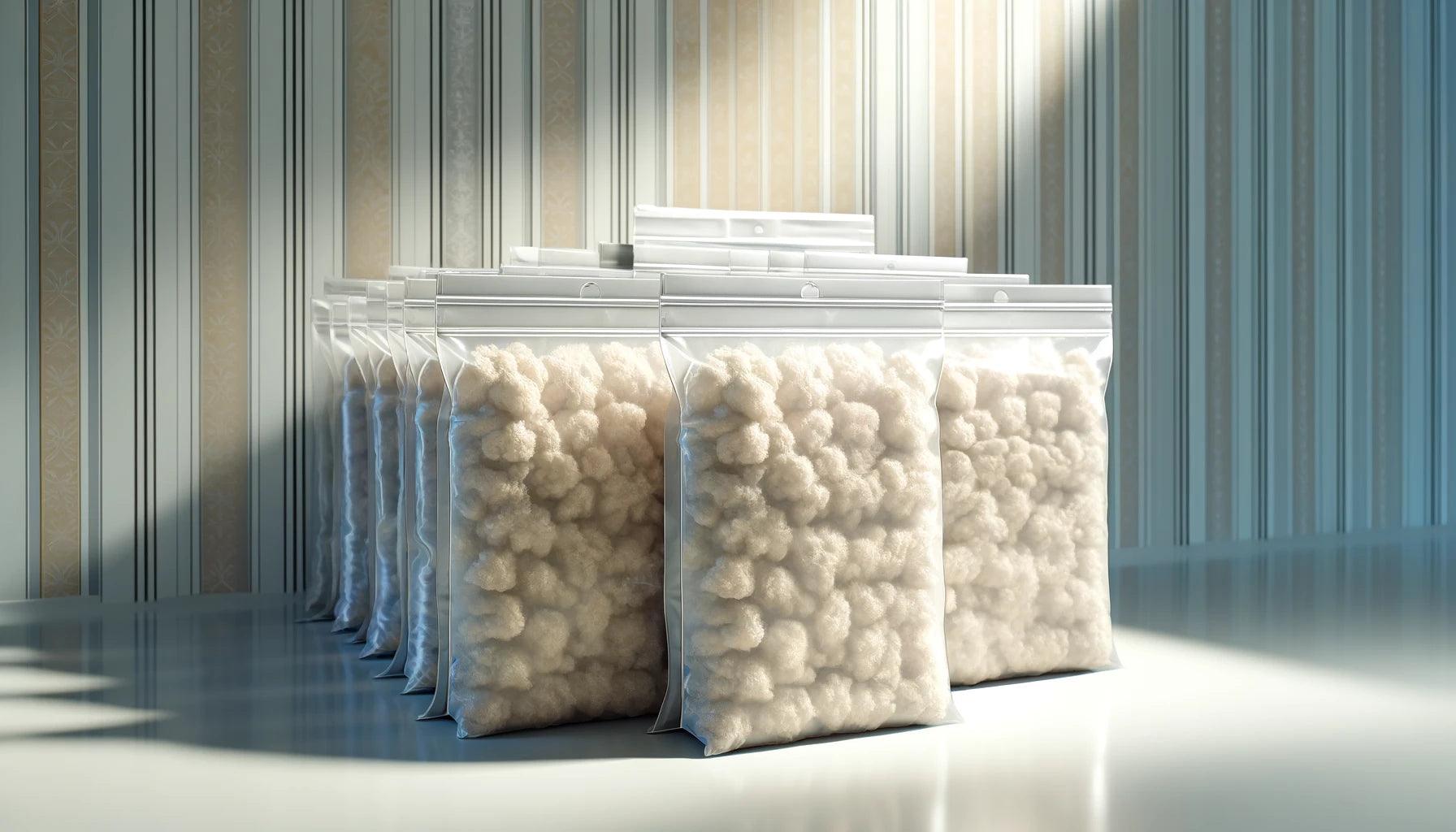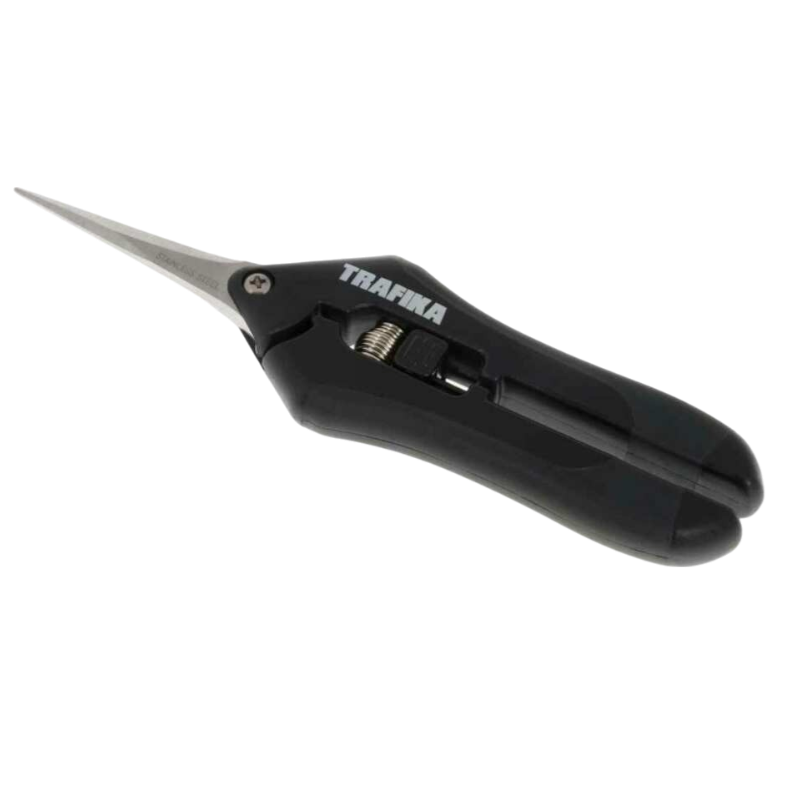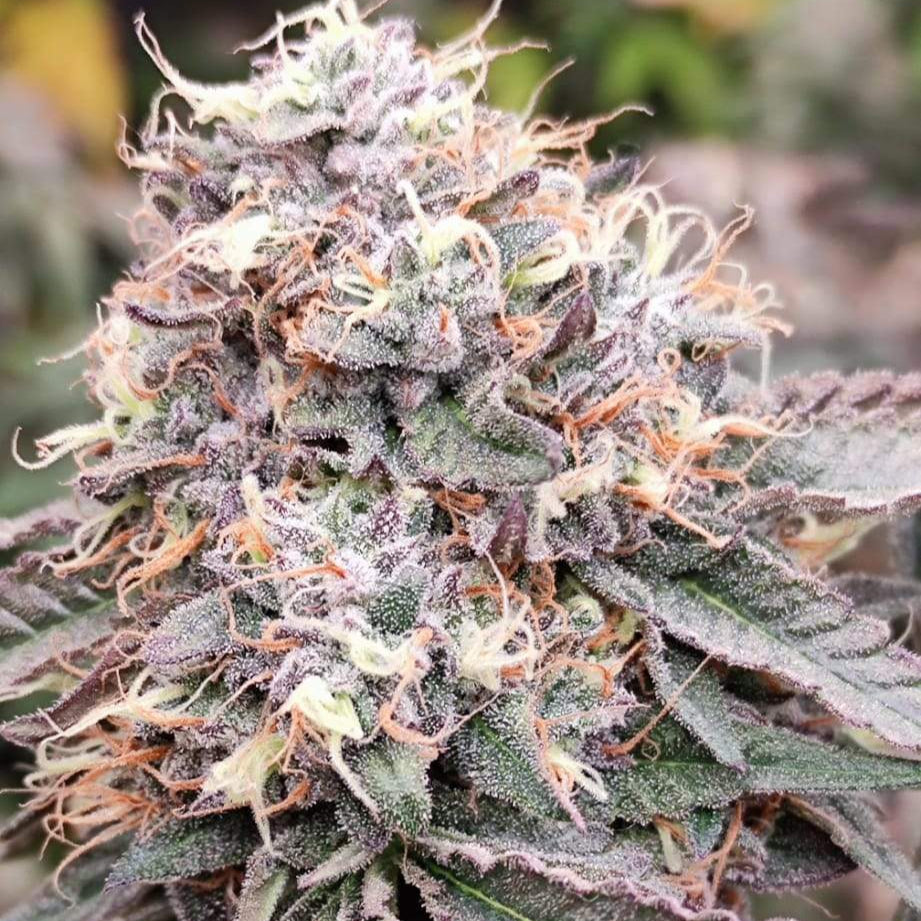1. Introduction to stone wool
Rockwool is a popular substrate in cannabis cultivation that is made from molten rock, usually basalt. The molten mass is processed into fibers and formed into blocks or mats. Rockwool provides excellent growing conditions as it allows for optimal water and air retention.
Compared to other substrates, rockwool is characterized by its high water holding capacity and excellent aeration. These properties make it an ideal medium for root development and nutrient absorption of cannabis plants. In addition, rockwool is inert, which means it does not release its own nutrients and is free of pathogens and pests.
Rockwool comes in a variety of forms, including blocks, mats and cubes, suitable for different stages of plant growth. Due to its versatility and effectiveness, rockwool is very popular with both hobby gardeners and professional growers.
In the next sections of our grow guide, we will go into more detail about choosing the right rockwool, preparing it, how to use it optimally, and how to care for it and maintain it. This way, you can ensure that your plants grow and thrive in the best possible conditions.
Always pay attention to the legal framework of the Cannabis Act (CanG) in Germany, which legalizes the cultivation of up to three plants. You can find more information on this in the chapterLegal situation.



























